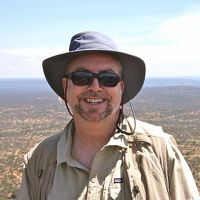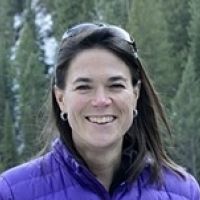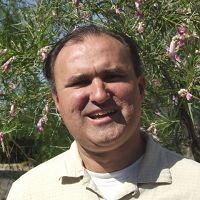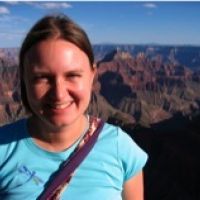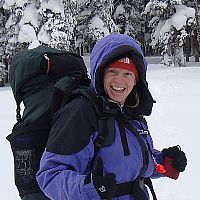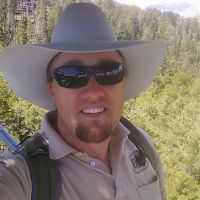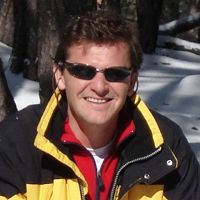Pelletier et al., 2013
Coevolution of nonlinear trends in vegetation, soils, and topography with elevation and slope aspect: A case study in the sky islands of southern Arizona
Pelletier J.D., Barron-Gafford G.A., Breshears D.D., Brooks P.D., Chorover J., Durcik M., Harman C.J., Huxman T.E., Lohse K.A., Lybrand R., Meixner T., McIntosh J.C., Papuga S.A., Rasmussen C., Schaap M., Swetnam T.L., and Troch P.A. (2013)
Journal of Geophysical Research: Earth Surface 118(2): 741-758
-
Catalina-Jemez, INVESTIGATOR
-
Catalina-Jemez, INVESTIGATOR
-
Catalina-Jemez, INVESTIGATOR
-
Catalina-Jemez, INVESTIGATOR
-
Catalina-Jemez, INVESTIGATOR
-
Catalina-Jemez, STAFF
-
Reynolds, INVESTIGATOR
-
Calhoun, Catalina-Jemez, COLLABORATOR
-
Catalina-Jemez, INVESTIGATOR
-
Catalina-Jemez, INVESTIGATOR
-
Catalina-Jemez, INVESTIGATOR
-
Catalina-Jemez, INVESTIGATOR
-
Catalina-Jemez, INVESTIGATOR
-
Catalina-Jemez, INVESTIGATOR
Abstract
Feedbacks among vegetation dynamics, pedogenesis, and topographic development affect the “critical zone”—the living filter for Earth's hydrologic, biogeochemical, and rock/sediment cycles. Assessing the importance of such feedbacks, which may be particularly pronounced in water-limited systems, remains a fundamental interdisciplinary challenge. The sky islands of southern Arizona offer an unusually well-defined natural experiment involving such feedbacks because mean annual precipitation varies by a factor of five over distances of approximately 10 km in areas of similar rock type (granite) and tectonic history. Here we compile high-resolution, spatially-distributed data for Effective Energy and Mass Transfer (EEMT: the energy available to drive bedrock weathering), above-ground biomass, soil thickness, hillslope-scale topographic relief, and drainage density in two such mountain ranges (Santa Catalina: SCM; Pinaleño: PM). Strong correlations exist among vegetation-soil-topography variables, which vary nonlinearly with elevation, such that warm, dry, low-elevation portions of these ranges are characterized by relatively low above-ground biomass, thin soils, minimal soil organic matter, steep slopes, and high drainage densities; conversely, cooler, wetter, higher-elevations have systematically higher biomass, thicker organic-rich soils, gentler slopes, and lower drainage densities. To test if eco-pedo-geomorphic feedbacks drive this pattern, we developed a landscape evolution model that couples pedogenesis and topographic development over geologic time scales, with rates explicitly dependent on vegetation density. The model self-organizes into states similar to those observed in SCM and PM. Our results highlight the potential importance of eco-pedo-geomorphic feedbacks, mediated by soil thickness, in water-limited systems.
Citation
Pelletier J.D., Barron-Gafford G.A., Breshears D.D., Brooks P.D., Chorover J., Durcik M., Harman C.J., Huxman T.E., Lohse K.A., Lybrand R., Meixner T., McIntosh J.C., Papuga S.A., Rasmussen C., Schaap M., Swetnam T.L., and Troch P.A. (2013): Coevolution of nonlinear trends in vegetation, soils, and topography with elevation and slope aspect: A case study in the sky islands of southern Arizona. Journal of Geophysical Research: Earth Surface 118(2): 741-758. DOI: 10.1002/jgrf.20046
 This Paper/Book acknowledges NSF CZO grant support.
This Paper/Book acknowledges NSF CZO grant support.
Associated Data
Santa Catalina Mountains - GIS/Map Data - EEMT (2010)
1 components •
Santa Catalina Mountains •
GIS / Remote Sensing, Biology / Ecology •
Rasmussen, Craig; Durcik, Matej
Explore Further


